Release of ADEME’s report “Modeling and optimizing French and European power mixes from 2020 to 2060”
Over the last 12 months, in coordination with its “ Transition(s) 2050” project in which four multi-energy carbon-neutral pathways were built for France, Artelys has set up a detailed model able to represent power generation, demand dynamics (including flexibility), and internal networks, with infra-national granularity, from 2020 to 2060. While sensitivity analyses are underway, the already available reports highlight the following findings, among others:
- The transition to energy mixes more reliant on RES-e leads to a more evenly distributed power generation system compared to today’s situation. In order to limit network reinforcements and the costs of flexibility provision, investments in generation have to be planned jointly with network developments. Notably, commissioning renewables in best-LCOE areas (disregarding network constraints) leads to higher overall costs.
- Along with the reinforcement of interconnectors and the increase of cross-border exchanges, the development of demand-side flexibility is key to ensure that the power system functions in a cost-efficient manner. Electric vehicles’ smart-charging and electrolysers’ flexible operations, notably, are crucial to adequately integrate renewables.(see demand profile before/after DSF below).
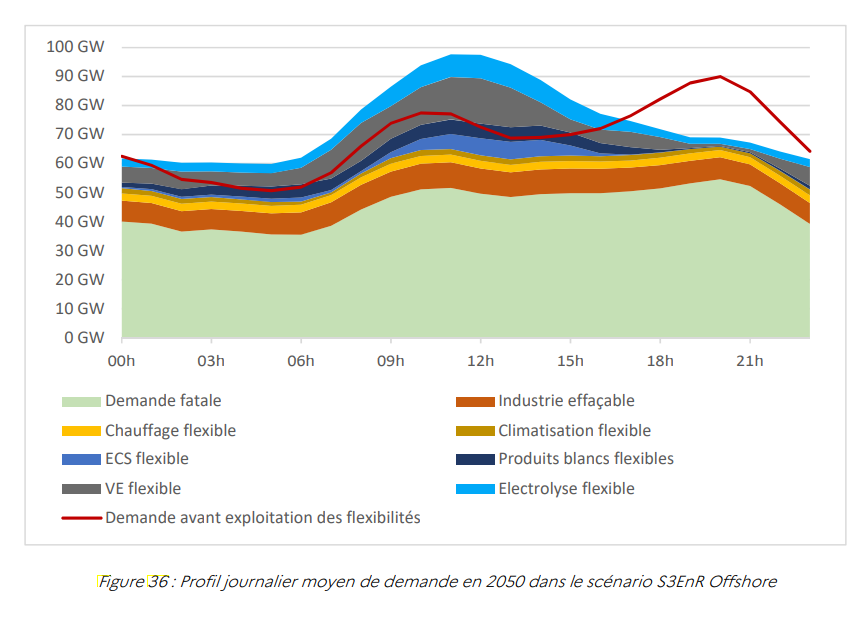
The French report is available here and the modeling assumptions are gathered in a dedicated leaflet. If you want to know more about our prospective studies, you can contact us or visit the dedicated web page.
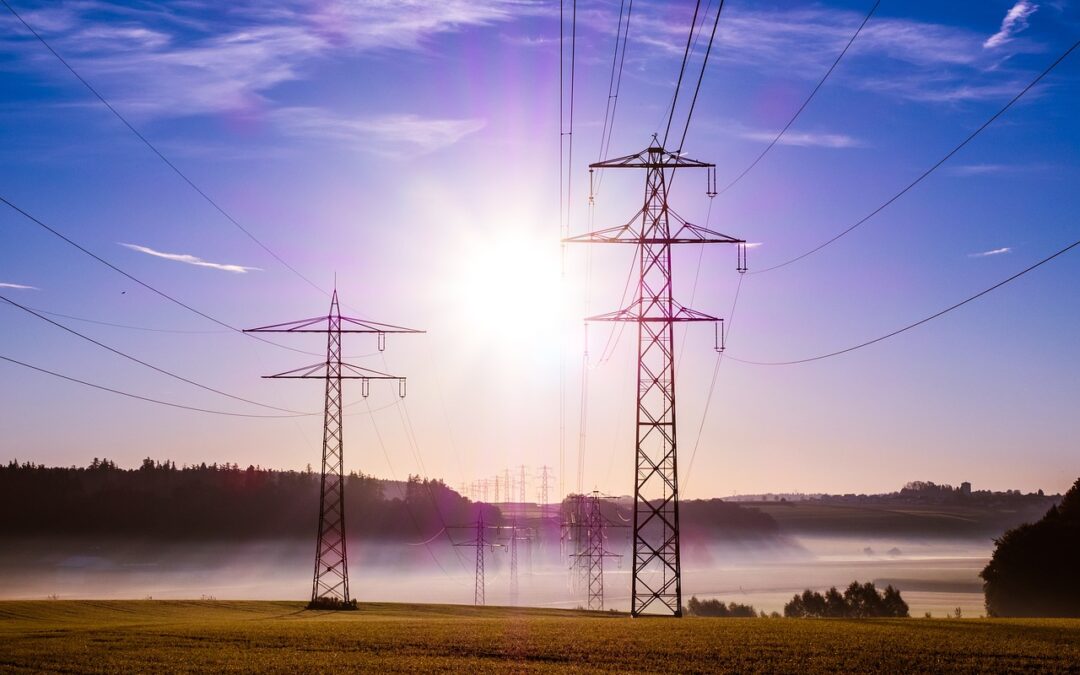
Artelys provides support to the French energy regulatory authority (CRE) in assessing the adequate incentive levels to foster distribution networks performance for TURPE 7
Artelys has conducted a quantitative assessment to inform target levels proposals for TURPE 7, examining past performance and the impact of integrating smart meter data (Linky) into indicators measuring the quality of energy supply.
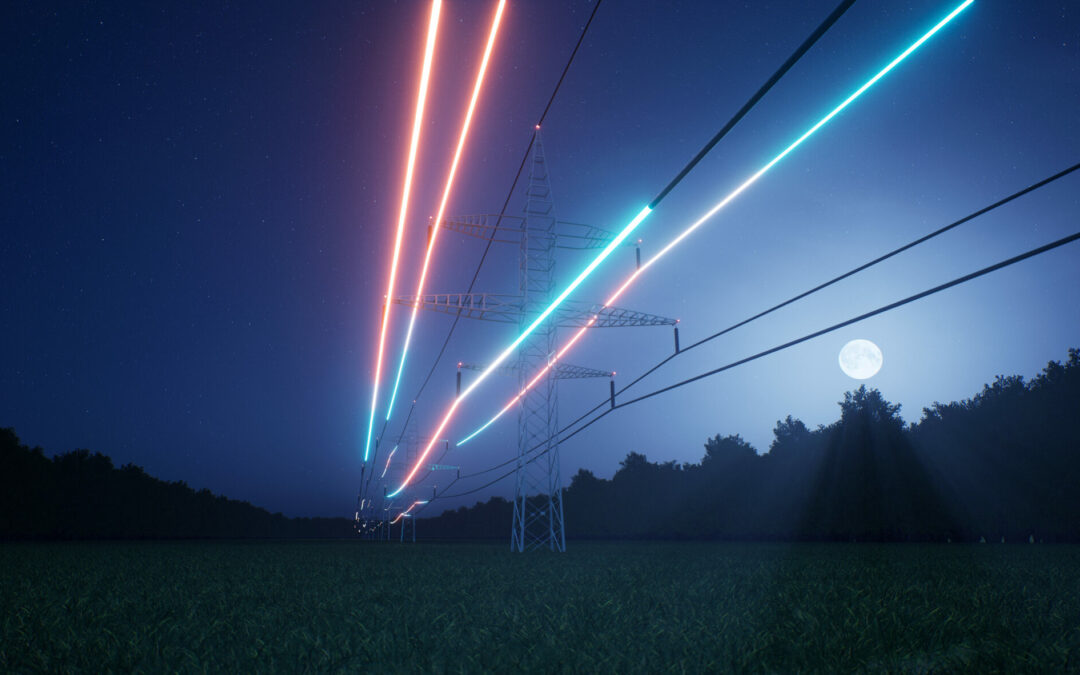
The MARI project is growing
In recent months, several new European TSOs have successfully joined MARI, the pan-European mFRR activation platform whose market clearing engine was developed by Artelys.
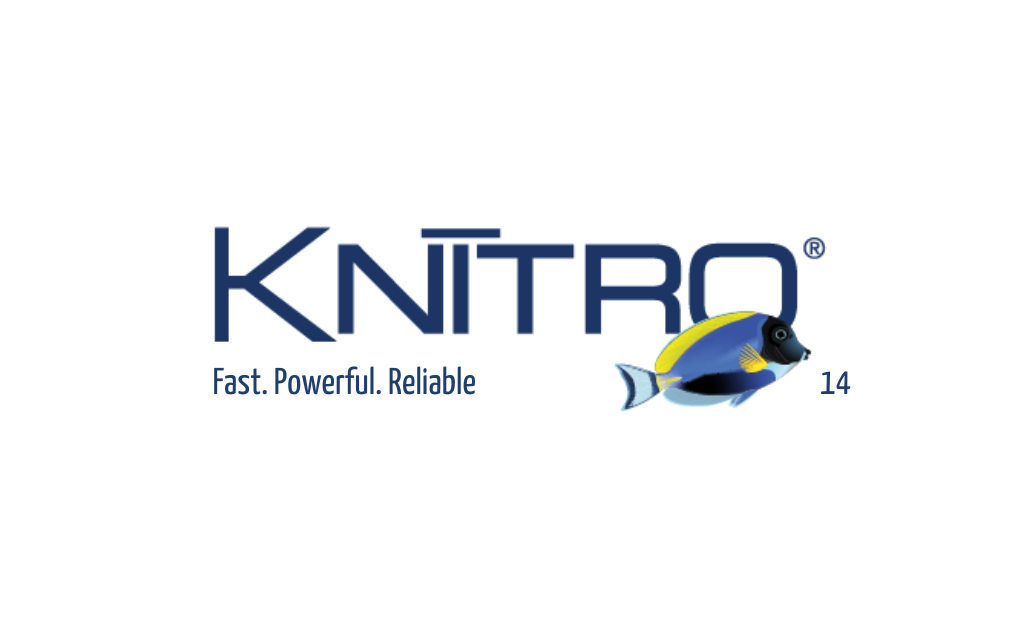
Knitro 14.2 solve your toughest nonlinear non-convex models in seconds
— We are pleased to announce that Artelys Knitro 14.0 is now available! This new version enables compagnies to solve complex non-linear optimization problems with unprecedented efficency and precision.
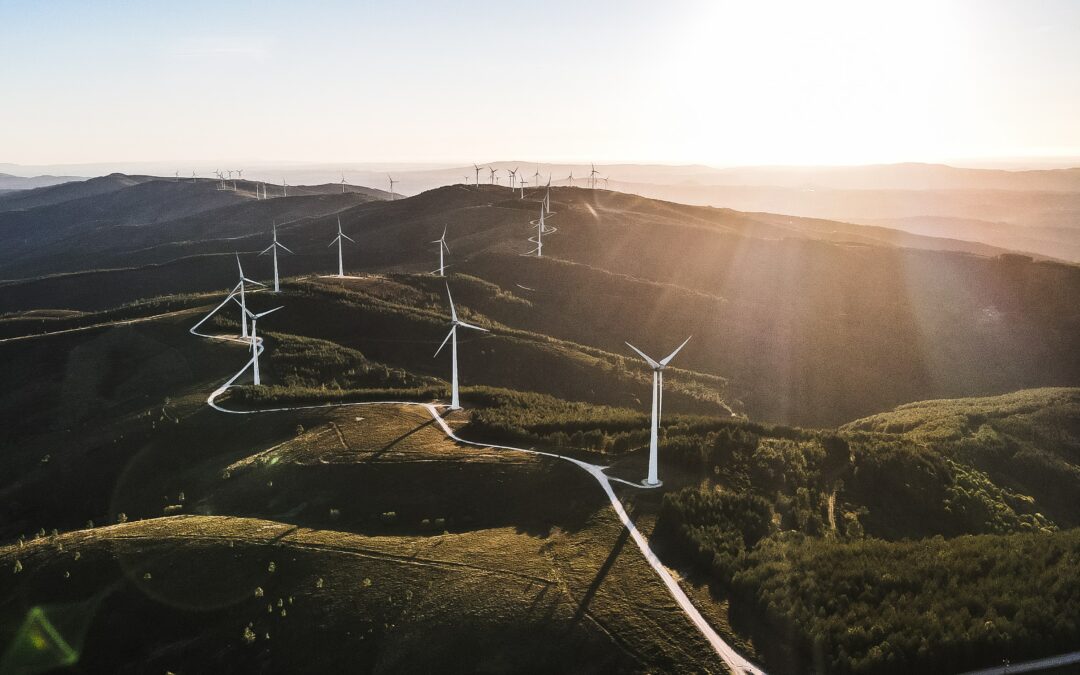
Artelys Powers the Launch of CorNet’s Common Grid Model (CGM) Service
Artelys has been selected to develop computation engine modules for the Common European Merging Function (EMF) used in the core of the CorNet program’s RCC Service Platform, enabling pan-European operational power grid coordination and security analysis.
subscribe to our newsletters
© ARTELYS • All rights reserved • Legal mentions